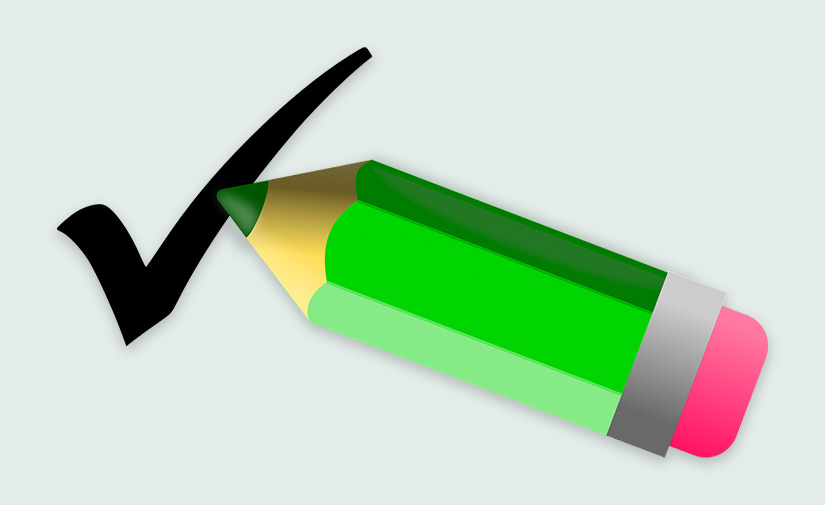
On January 1, 2021, the Federal Government introduced its new simplified restructuring process, drawing on key features of the US Chapter 11 bankruptcy process. After the unprecedented impact on trading due to the pandemic, the aim was to enable eligible small businesses to restructure their debts and maximise their opportunity for survival while remaining in control of their business. Fast forward 22 months and the Small Business Restructuring (SBR) Process is hitting its stride – and Jirsch Sutherland is at the forefront, having handled around 10 per cent of SBRs since the start of the 2022 financial year.
“SBRs were slow to get off the ground but there’s now greater awareness of the process and the benefits – particularly as the ATO ramps up its debt collection and other financial pressures increase,” says Andrew Spring, Jirsch Sutherland Partner and Small Business Restructuring Practitioner. “The restructuring process was designed to enhance the rate of successful restructuring outcomes while also providing a pathway for distressed small businesses that historically would never have entered voluntary administration due to the cost and the loss of control associated with that process. The SBR is certainly proving an effective and efficient solution for viable businesses and one that the ATO has given its unofficial tick of approval to.”
| Pros | Cons |
| Easier to get clients to engage earlier with qualified insolvency professionals | Impact on trade credit relationships post restructure |
| Directors feel empowered throughout the process by retaining control of the businesses day to day operations | $1M debt ceiling – including related party claims |
| ATO supportive for the process | Potential impact on insurances |
| <80% of legacy debt being compromised | Whether the broader trade supplier community will embrace the process. |
| Significant cash flow improvement for the business | |
| Quick, simple and unintrusive | |
| No disruption to key relationships – e.g., staff and landlord |
Since the new regime was introduced in January last year, Jirsch Sutherland has handled 16 SBR matters across industries including:
- Construction
- Entertainment
- Publishing
- Retail
- Plumbing
- Advertising, arts & media
- Financial services
- Hospitality
- Wholesale
- Manufacturing
- Maintenance

“We’ve seen some excellent results. Some of the key benefits have been addressing legacy debt, providing an average return of 21.29 cents in the dollar, preserving businesses and jobs, and enabling the businesses to get back on an even keel,” says Trent Devine, Jirsch Sutherland Partner and Small Business Restructuring Practitioner. “If these businesses hadn’t acted quickly, then the alternative would likely have been to shut them down, which would probably have meant a limited or nil return to creditors. The tax office is often a large creditor, and the SBR process allows companies to implement a restructuring plan that provides a significant reduction on their principal tax debt. This can only be achieved through a formal process like an SBR.”
SBR benefits
An SBR offers numerous benefits, and a key one is that creditors can receive a better return than if the company goes into liquidation – which is one of the more common options taken by struggling businesses. An SBR also helps saves jobs, deal with legacy debt which may have accrued during the turmoil of recent times, and helps re-establish positive relationships with trade suppliers to allow the business to begin to grow again.
Other benefits include:
- Greater engagement with the ATO.
- Early intervention: at the first sign of financial distress, it enables a business to go to creditors and ask for help.
- Simplicity: SBRs are simplified, shorter and less regulated.
- Control: directors stay in control of their business during the process.
- Protection: acting early may protect directors from being liable for insolvent trading and from personally repaying the company tax debt.
- Lower costs: the process is designed to reduce access costs for small business.
- Specialist practitioners: a qualified Small Business Restructuring Practitioner manages the process, ensuring compliance and helping protect directors.
Overall, the SBR process receives a PASS mark from Jirsch Sutherland, largely due to the supportive attitude of the ATO. “We have some concerns that the broader creditor community is not yet completely understanding or supportive of the process, so directors should discuss their specific circumstances with one of our experienced Small Business Restructuring Practitioners to identify any potential pitfalls prior to making a decision,” adds Spring.
Should you or a client want to learn more about Small Business Restructuring, please don’t hesitate to reach out – enquiries@jirschsutherland.com.au or call 1300 547 724.
To be eligible for SBRThe key requirements to qualify for the SBR process:
|


